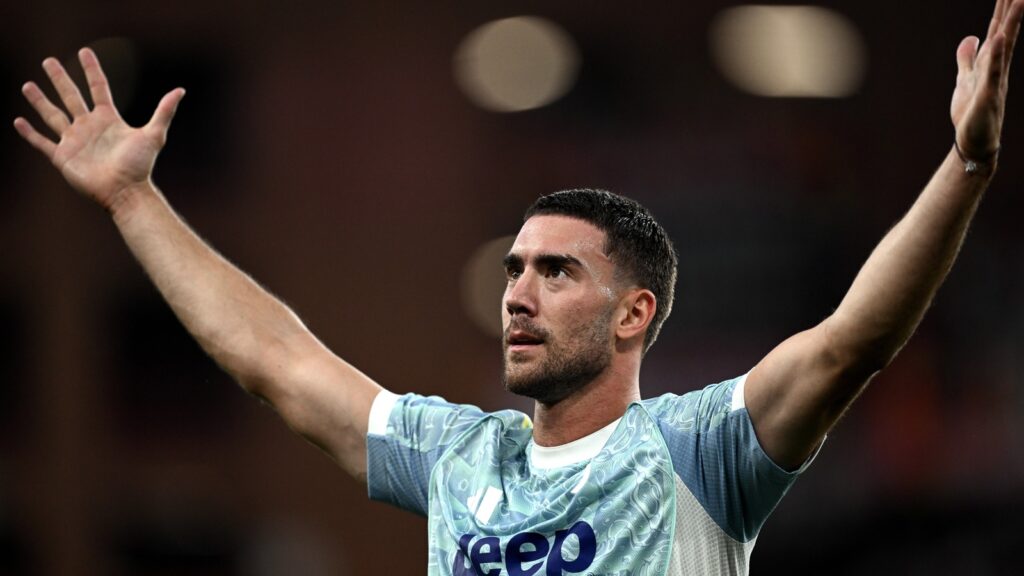The Serie A summer transfer window closed with many surprises, last-minute moves, and differing strategies among the big clubs. Some clubs invested to consolidate their strength, others made more targeted moves, and a few left some room for doubt. We’ve given our ratings to the league’s big six, with a special mention for Como, which stood out for its ambition and clear-sightedness in its decisions.
Napoli: 8,5
Reigning Italian champions, Napoli needed to expand their squad to best face the league and Champions League. The club responded, moving intelligently on multiple fronts.
They brought in Noah Lang to increase their attacking unpredictability, Lorenzo Lucca as a physical alternative in attack, and above all Kevin De Bruyne from Manchester City, a world-class signing who raises the midfield’s technical level. Sam Beukema was brought in from Bologna in defense, while the latest addition was Rasmus Hojlund, a striker acquired in the final hours of the transfer window, partly due to Romelu Lukaku’s injury. Also noteworthy is the return of Elmas from RB Leipzig.
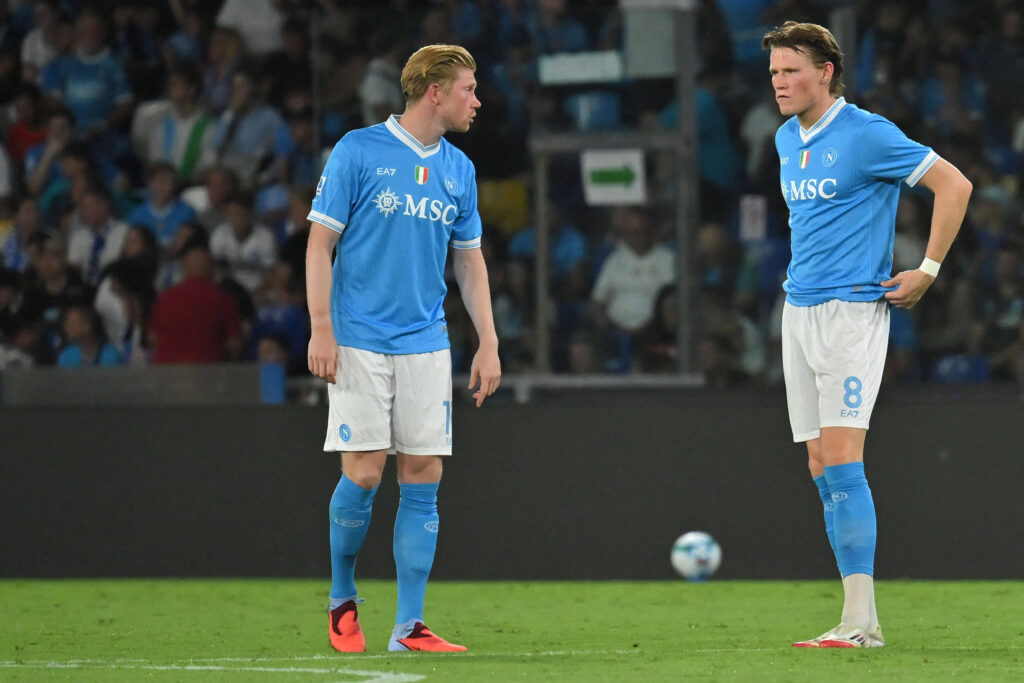
The most important fact: no significant departures. Antonio Conte thus finds himself with a strong, deep, and complete squad in every department. A practically perfect transfer market.
Inter: 6.5
Inter, coming off a disappointing season, needed to send a strong signal. The transfer market, however, was limited to targeted, but not high-impact, deals.
Unplanned players like Correa and Taremi left, while the youngster Sucic from Croatia, Bonny from Parma, and Akanji from Manchester City arrived, and there was a desire to keep the club to give Pio Esposito a chance. The only notable departure was Pavard, who was headed to Marseille.
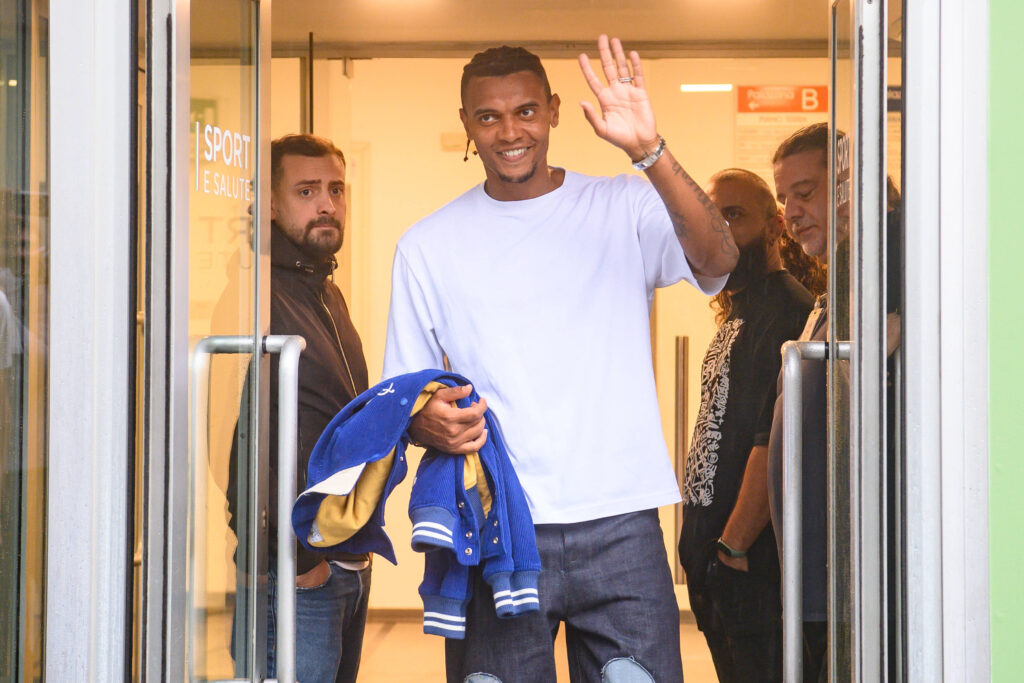
A significant statistic remains: Inter were among the lowest-ranked teams in Serie A for attempted and successful dribbles last season. In this sense, the new signings don’t seem capable of radically changing the trend. A solid pass, but more was expected.
Atalanta: 7-
La Dea began a new era with Juric on the bench and a transfer window focused more on the medium term than the immediate future.
Musah arrived from Milan, Kristović in attack as an alternative to Scamacca, Ahanor from Genoa, and Zalewski from Inter. The significant loss was Retegui, last season’s top scorer, who was sold after just one year with the Nerazzurri.
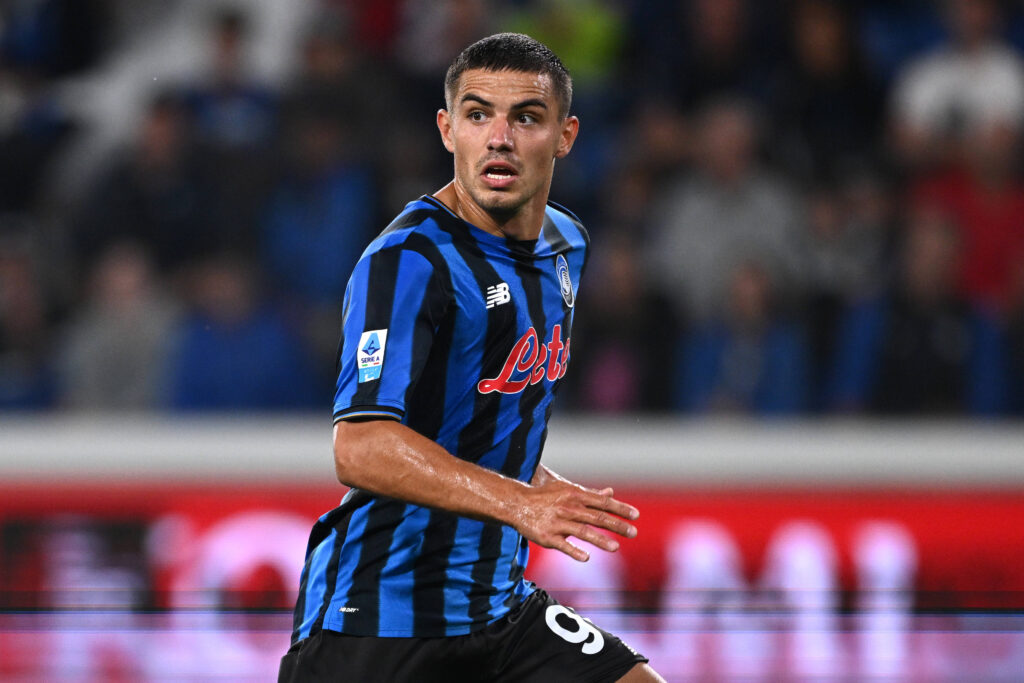
An extra point is deserved for the permanence of Ademola Lookman, pursued for months by Inter and then Bayern Munich, but he remained in Bergamo, perhaps with some discontent. It’s not a glittering transfer market, but it’s been solid.
Juventus: 7.5
Juventus have had a busy summer, with significant signings, especially in the last 24 hours. The arrivals of Openda from Leipzig and Edon Zhegrova from Lille have enriched the attacking line, already strengthened at the start of the transfer window by the free transfer of Jonathan David.
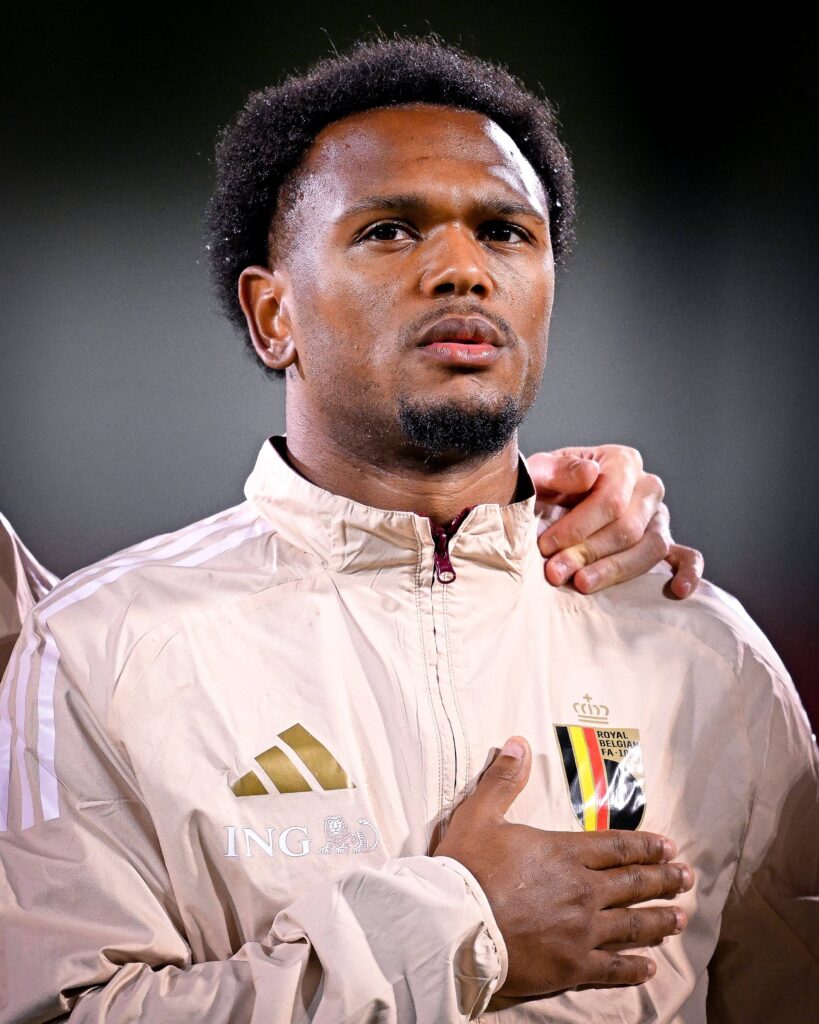
Added to this is the redemption of Conceição from Porto, which expands the rotation up front alongside Yildiz and Dusan Vlahovic. The Serbian, whom the management had attempted to sell to reduce the wage bill (€12 million net per season), stayed and started the season with two goals in two games, proving decisive; who knows, perhaps he can cure those bad feelings with goals.
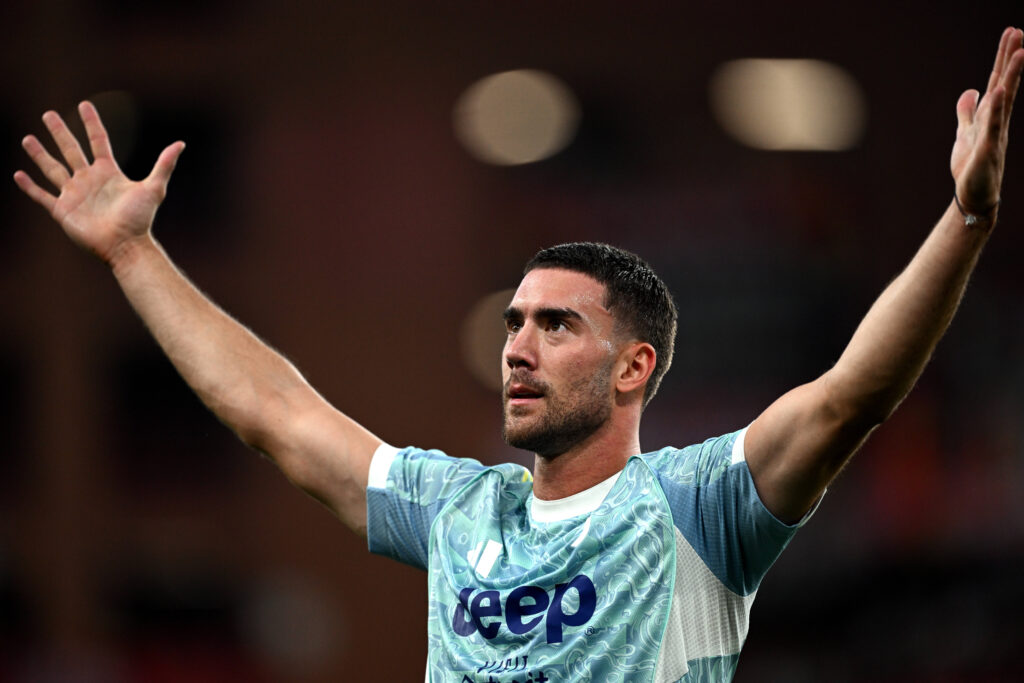
The “sore points” come from midfield and defense: Douglas Luiz was sold and not replaced, just as no central defender or full-back has arrived, despite negotiations with Nice for Jonathan Clauss in the final days of the transfer window. Doubts remain about Gatti and, especially, Kelly as quality starters.
The transfer market was more than positive in attack, but incomplete elsewhere.
Roma: 7
Roma’s transfer window has been quite divided. Coach Gasperini hasn’t declared himself completely satisfied, but the squad has nevertheless been significantly strengthened.
Evan Ferguson, a center forward with size and physical presence, has arrived in attack to complement Dybala, Dovbyk, and especially Matías Soulé, who adds quality and creativity to the attack. Leon Bailey brings speed and unpredictability to the flanks, Tsimikas from Liverpool, El Aynaoui from Lens, while Wesley, acquired from Flamengo, was the most expensive investment of the session and has already scored on matchday one.
Paredes’ departure stands out, but Koné, sought by Inter, remains, proving himself a pillar of midfield. Overall, a transfer window promises new attacking options and more alternatives on the flanks.
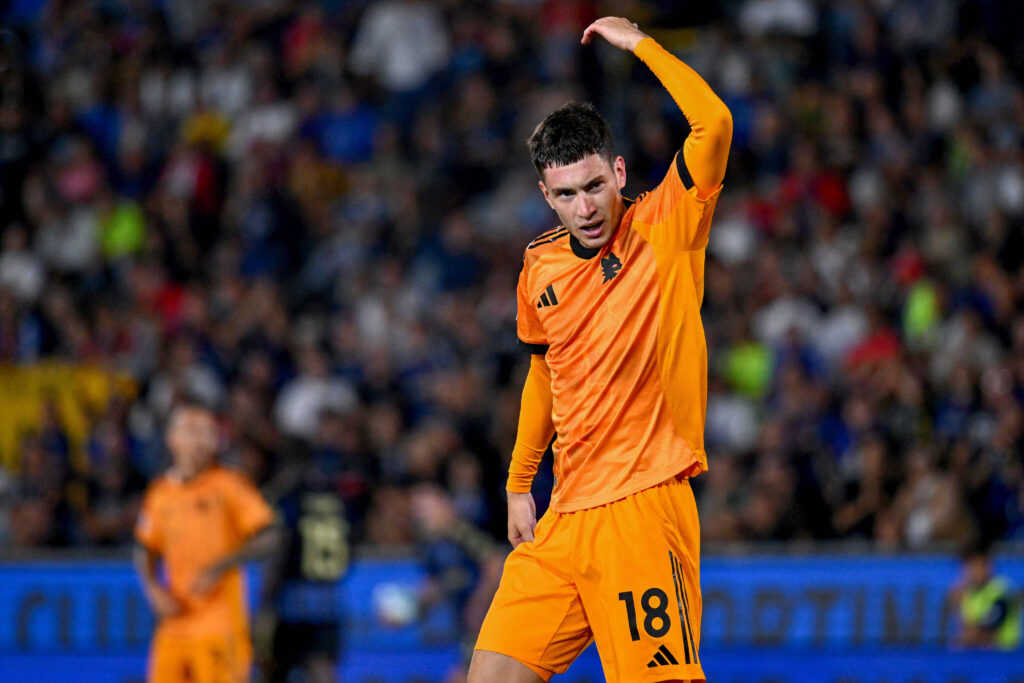
Milan: 6,5
No European competition, full focus on the league, with the desire to return to top-flight football. Massimiliano Allegri‘s AC Milan has opted for a transfer window focused on experience and midfield depth.
Luka Modric, Adrien Rabiot, and the young Jashari (who was immediately sidelined by a long-term injury) have arrived. Odogu was acquired in defense, while the key signing up front is Christopher Nkunku, useful as a second striker or attacking midfielder. However, there remains a lack of a striker to replace Santiago Giménez, the only true center forward.
The sale of Yunus Musah to Atalanta has lightened the coffers somewhat, but the feeling of an imbalance in the squad remains: plenty of midfield, limited options in defense and attack.
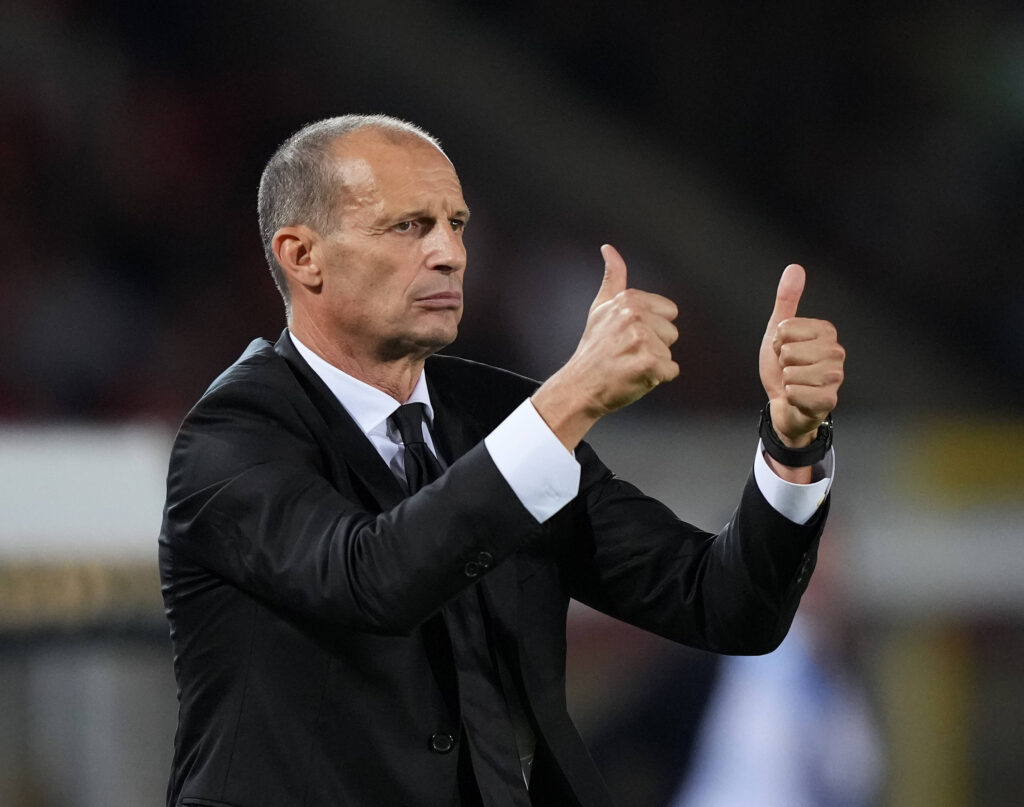
The real big signing, however, could be the coach himself: Allegri, with only about one match a week to prepare for, will have time to study his opponents and leverage his experience as a strategist, as he has already demonstrated throughout his Serie A career.
Special Mention to Como: 7.5
Como has had a surprising transfer window for its quality, courage, and vision. The owners resisted a sensational offer from Tottenham for Nico Paz: around €50 million, a huge sum for a club just starting out at this level. Keeping him, along with Assane Diao, is a major coup in itself.
But that’s not all: key reinforcements have arrived, such as Álvaro Morata from Galatasaray, Martin Baturina, Jesús Rodríguez Diego Carlos, and Jacopo Ramón. This transfer campaign has raised the team’s technical level and experience, without altering its structure.
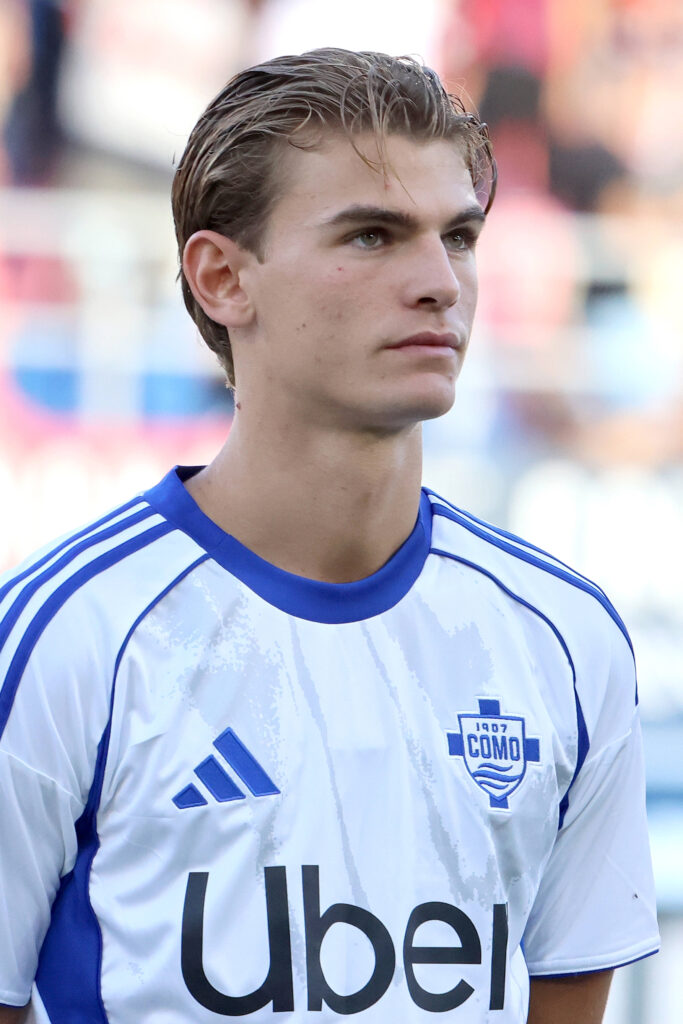
The timing is also particularly interesting: Como concentrated the majority of its operations in July, closing the transfer window well ahead of its rivals. This allowed the team to begin preparations with an almost full squad, consolidating its mechanisms and cohesion right from the start. This decision could prove decisive over the course of the season.
Ultimately, it was an excellent transfer window, with ambition and rationality, which propels Como toward a season as a key player in the relegation battle and perhaps beyond.
A summer transfer window that saw Napoli and Juventus move with greater conviction, while the Milanese clubs left some room for doubt.
Serie A therefore begins with many stories to tell and a highly balanced starting lineup.
